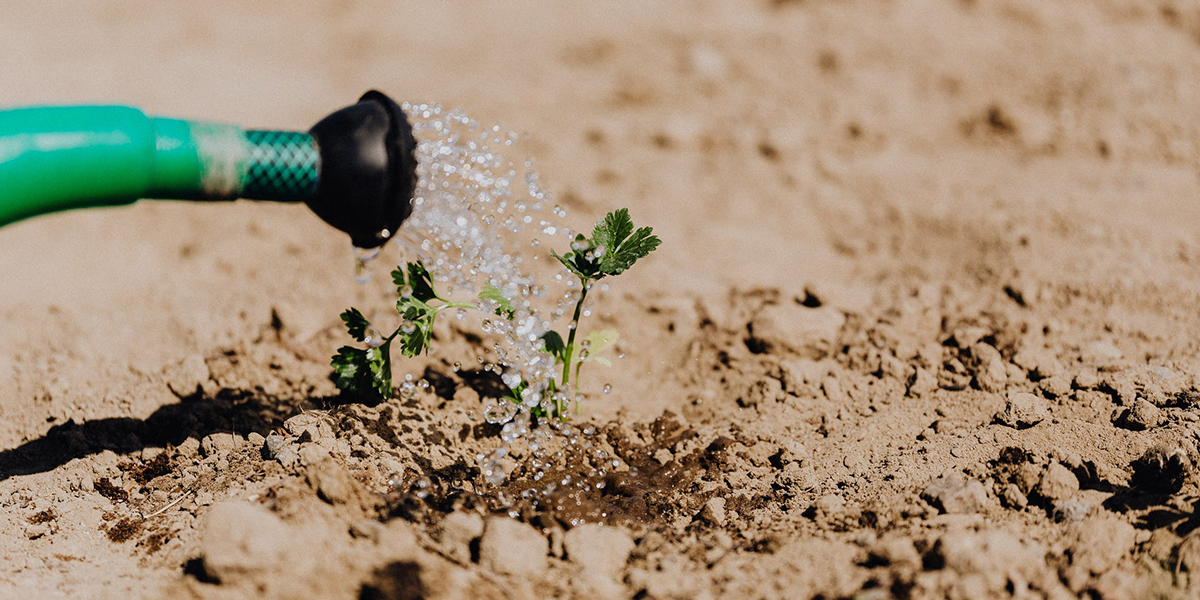
Nature is critical to our survival: nature provides us with our oxygen, regulates our weather patterns, pollinates our crops, produces our food, feed and fibre. But it is under increasing stress. Human activity has altered almost 75 per cent of the earth’s surface, squeezing wildlife and nature into an ever-smaller corner of the planet.
Around 1 million animal and plant species are threatened with extinction – many within decades – according to the 2019 Global Assessment Report on Biodiversity and Ecosystem Service. The report called for transformative changes to restore and protect nature. It found that the health of ecosystems on which we and all other species depend is deteriorating more rapidly than ever, affecting the very foundations of our economies, livelihoods, food security, health and quality of life worldwide.
Deforestation and desertification – caused by human activities and climate change – pose major challenges to sustainable development and have affected the lives and livelihoods of millions of people. Forests are vitally important for sustaining life on Earth, and play a major role in the fight against climate change. And investing in land restoration is critical for improving livelihoods, reducing vulnerabilities, and reducing risks for the economy.
The health of our planet also plays an important role in the emergence of zoonotic diseases, i.e. diseases that are transmissible between animals and humans. As we continue to encroach on fragile ecosystems, we bring humans into ever-greater contact with wildlife, enabling pathogens in wildlife to spill over to livestock and humans, increasing the risk of disease emergence and amplification.
There are some encouraging global trends in protecting terrestrial ecosystems and biodiversity. Forest loss is slowing down, more key biodiversity areas are protected and more financial assistance is flowing towards biodiversity protection. Yet, the 2020 targets of Sustainable Development Goal 15 are unlikely to be met, land degradation continues, biodiversity loss is occurring at an alarming rate, and invasive species and the illicit poaching and trafficking of wildlife continue to thwart efforts to protect and restore vital ecosystems and species.
- Protecting important sites for terrestrial and freshwater biodiversity is vital for ensuring long-term and sustainable use of terrestrial and freshwater natural resources. The global mean percentage of each key biodiversity area covered by protected areas increased from 33.1 per cent in 2000 to 46.1 per cent in 2018 for terrestrial areas, from 30.5 per cent in 2000 to 43.2 per cent in 2018 for freshwater areas, and from 32.9 per cent in 2000 to 44.7 per cent in 2018 for mountain areas.
- Healthy mountain ecosystems are fundamental to ensuring the provision of ecosystem services to upland communities as well as lowland peoples. As of 2017, 76 per cent of the world’s mountain areas were covered by a form of green coverage: 41 per cent by forests, 29 per cent by grassland/shrubland and only 6 per cent by cropland.
- From 2000 to 2015, more than one fifth of the Earth’s total land area was degraded, largely due to human-induced processes, such as desertification, cropland expansion and urbanization. During the same period, there were significant productivity declines in land cover, with grasslands incurring some of the greatest losses.
- The most fundamental and irreversible human impact on nature is species extinction. The Red List Index – which measures the risk of extinction, in which a value of 1 indicates no threat to any species, and a value of 0 indicates that all species are extinct – has deteriorated from 0.82 in 1993 to 0.73 globally in 2019.
- The Nagoya Protocol on Access to Genetic Resources and the Fair and Equitable Sharing of Benefits Arising from their Utilization to the Convention on Biological Diversity creates incentives to conserve and sustainably use genetic resources and biodiversity. As at 1 February 2019, 116 countries had ratified the Nagoya Protocol (an increase of 46 since 2016) and 61 countries had shared information on their access and benefit-sharing frameworks through the Access and Benefit-Sharing Clearing-House (representing an increase of 55 countries).
- In 2017, bilateral ODA in support of biodiversity was $8.7 billion, an increase of 15 per cent in real terms over 2016.
